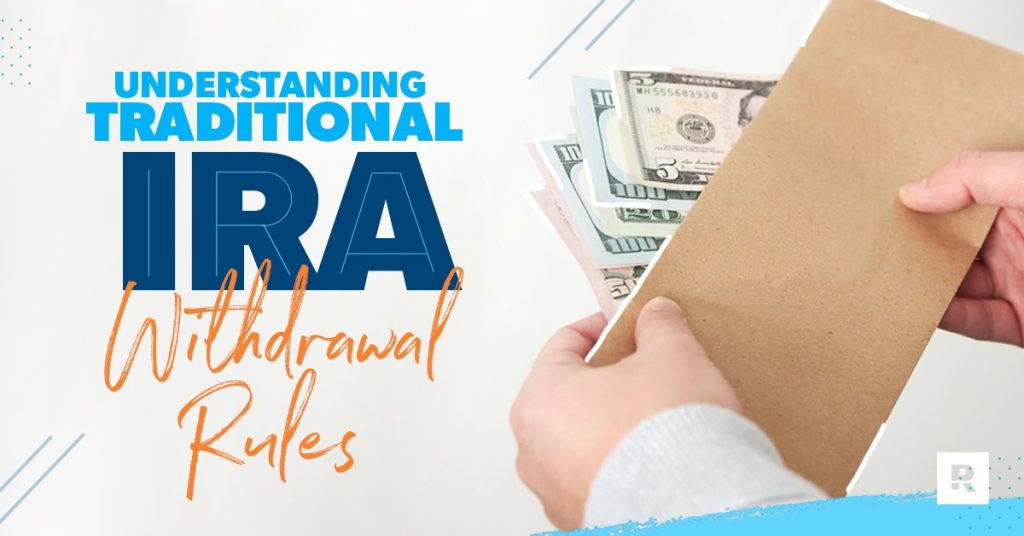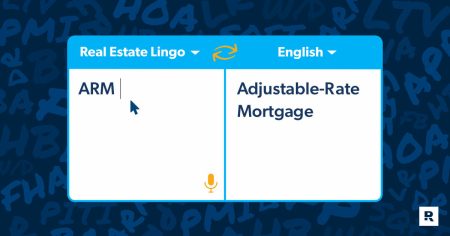Traditional IRAs have been around for a long time! As pensions started to go the way of the Dodo bird, congress responded by creating the IRA—a tax-advantaged retirement plan. When you invest in a traditional IRA your money grows tax-deferred, meaning you put investments in pre-tax and pay the taxes later in retirement when you make withdrawals. You may even be able to take a tax deduction for your annual contributions.
Of course, Uncle Sam always adds a twist—and one of those is IRA withdrawal rules. In exchange for the benefits that come with investing your hard-earned cash in an IRA, the IRS sets rules for taking the money out of the account. And they’ll happily whack your knuckles with a ruler if you break them. Let’s avoid that!
Traditional IRA Withdrawal Rules
You’ll always pay income tax on the money you withdraw from your traditional IRA, no matter your age. That’s the deal with tax-deferred growth—you simply delay the inevitable long arm of the IRS until you take the money out. And two important numbers to keep in mind when it comes to traditional IRA withdrawals are 59 1/2 and 72. It breaks down like this.
Early Withdrawals
The IRA withdrawal age is 59 1/2 years old these days. That means, once you hit age 59 1/2, you can take money out of your account without penalty. Pretty simple. So, what if you start pulling cash out before then? Well, not only do you have to pay the usual income taxes, you’ll also get whacked with a 10% penalty. Oof!
Do not do this. Your IRA is not your rainy-day fund! Use your 3–6 month emergency fund to help cover unplanned expenses.
The IRA withdrawal age is 59 1/2 years old these days. That means, once you hit age 59 1/2, you can take money out of your account without penalty.
Withdrawals in Retirement
A few years later, when you turn 72, the IRS gets twitchy about letting you keep your money in your traditional IRA. So they force you to start withdrawing a certain amount each year (these are called required minimum distributions). You must start these withdrawals by April 1 of the year following your 72nd birthday, then by Dec. 31 every year after that.
The government has a fancy calculation to determine what your minimum distribution amount should be, so it’s best if you work with an investment pro to avoid a mistake.1 How big of a deal is it? Well, if you don’t take the full required distribution by the deadline, Uncle Sam gives you a nice stiff-arm to the face in the form of a 50% penalty—that’s right, we said 50%—on the difference between what you should have withdrawn and what you did. So, let’s say you withdrew $5,000, but should have taken $10,000. You would owe $2,500 to the IRS on the $5,000 difference. You really don’t want to mess up here.
The good news: If you’re between 59 1/2 and 72, you can take withdrawals or let the money continue to grow tax-deferred—your choice. Just remember, you’ll still pay income taxes on the withdrawal amount. If you’re not retired yet and think you’ll be in a lower tax bracket when you do retire, it’s best to let that interest compound and watch your money grow. Should something happen and you pass away, your account will go to your beneficiary, so no worries there.
Keep Boosting Your Investing Know-How
Every two weeks, the Ramsey Investing Newsletter will send you practical insights, easy-to-use resources, and the latest investing news. All explained in plain English.
Exceptions to the Withdrawal Penalties
If you break the IRA withdrawal rules, the IRS will throw a flag on the play and enforce a 10% penalty. But there are a few exceptions.2
How much will you need for retirement? Find out with this free tool!
These are the reasons you may be able to get away with a withdrawal before 59 1/2 without penalty:
-
You roll the money into another IRA within 60 days of the withdrawal.
-
You’re a reservist (think National Guard) and you’re called to active duty for 180 days or more.3
-
You can withdraw up to $5,000 to assist with the birth or adoption of a child.4
-
You’re unemployed for 12 weeks or more, and you use the money to pay for medical insurance for you, your spouse or your dependents.
-
You use the withdrawal to pay for qualified higher education expenses for you, your spouse, dependents or a beneficiary.
-
You withdraw up to $10,000 for a qualified first-time home purchase and use the money within 120 days of taking the withdrawal. This includes building or re-building a first-time home.
-
You get hit with some major medical bills that total more than 7.5% your Adjusted Gross Income (AGI), and you use the funds to pay it back.
There are others, like if you become permanently disabled or break the withdrawal into substantially equal periodic payments, known as SEPP payments.
We don’t recommend withdrawing the money in your IRA for any of these exceptions. Those dollars are working hard and earning interest to fund your high-definition retirement dreams! The only time you should consider withdrawing the money from a retirement account and facing the penalties is to avoid bankruptcy or foreclosure. Think of it as a last resort.
The only time you should consider withdrawing the money from a retirement account and facing the penalties is to avoid bankruptcy or foreclosure.
Get With a SmartVestor Pro
It seems like taking your hard-earned money out of your retirement account shouldn’t come with all these rules and strings attached. It’s your money, right? But the government likes to make things a little complicated when it comes to retirement, so it’s always a good idea to sit down with an investing professional, like a SmartVestor Pro, who can help you set goals for your financial future.
Our SmartVestor program takes the work out of scouring the internet trying to find a qualified investment professional who is familiar with what we recommend and can guide you in creating a retirement plan with your goals in mind.
Find a SmartVestor Pro in your area today!
This article provides general guidelines about investing topics. Your situation may be unique. To discuss a plan for your situation, connect with a SmartVestor Pro. Ramsey Solutions is a paid, non-client promoter of participating Pros.
Read the full article here










